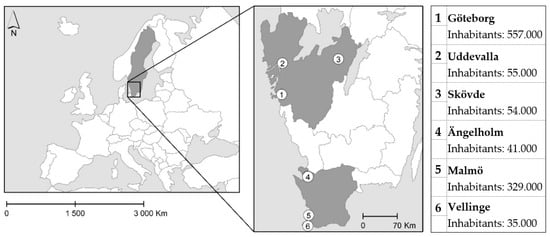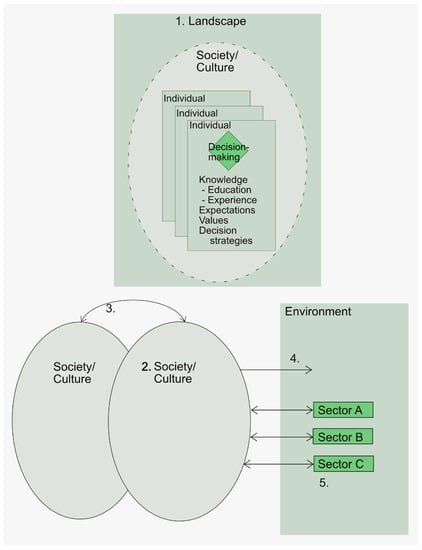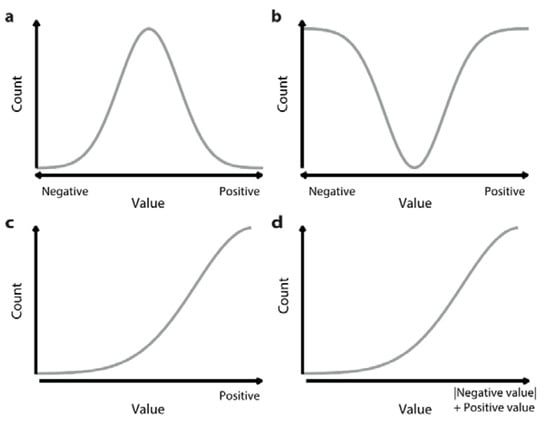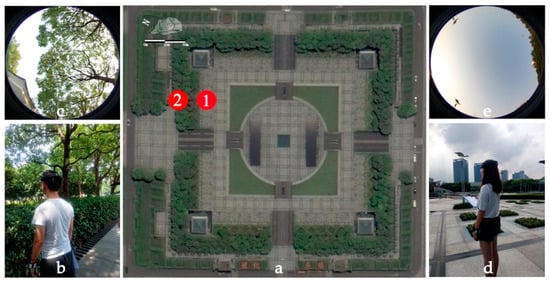Climate Change, Landscape in Transition and Tools for Sustainable Landscape Planning (Closed)
A topical collection in Sustainability (ISSN 2071-1050). This collection belongs to the section "Environmental Sustainability and Applications".
Viewed by 15702Editor
Interests: risk; human/environment interaction; science and proven experience; climate change; climate change adaptation; climate change mitigation; biodiversity; sustainability; landscape analysis; adequacy of communications; landscape planning
Topical Collection Information
Dear Colleagues,
In recent years, there has been a growing interest in "landscape approaches" to overcome insufficient sectorial approaches to addressing interconnected social, environmental, and political challenges, such as climate change. Interactions between people and their environment provide a motive for the very use of the term "landscape", which, since the work by the early 20th century Finnish geographer Johannes Gabriel Granö, is often understood as the environment as perceived by people. Seen in this way, a landscape approach is an individual-oriented approach to sustainable land use management and planning.
This Special Issue of Sustainability offers a platform for advancing our understanding of the interconnections between people and their environment and the transitions that landscapes are going through, in particular, focusing on climate change and tools for sustainable landscape planning. It aims to draw together a collection of high-quality papers, testing hypotheses, providing assessments and tools, and discussing how to bridge the gap between science and practice to help further sustainable development.
We encourage researchers and practitioners to submit original research articles, case studies, reviews, and viewpoint articles on topics including, but not limited to, the following:
- Landscape level assessments of the probability of negative ("risk assessments") and positive outcome in a changing climate;
- Climate change perceptions;
- Measures for climate change adaptation and mitigation in a landscape;
- Climate change adaptation/mitigation decision-making by individuals;
- Adequacy of communications; and
- Tools for sustainable landscape planning.
Prof. Dr. Kristina Blennow
Guest Editor
Manuscript Submission Information
Manuscripts should be submitted online at www.mdpi.com by registering and logging in to this website. Once you are registered, click here to go to the submission form. Manuscripts can be submitted until the deadline. All submissions that pass pre-check are peer-reviewed. Accepted papers will be published continuously in the journal (as soon as accepted) and will be listed together on the collection website. Research articles, review articles as well as short communications are invited. For planned papers, a title and short abstract (about 100 words) can be sent to the Editorial Office for announcement on this website.
Submitted manuscripts should not have been published previously, nor be under consideration for publication elsewhere (except conference proceedings papers). All manuscripts are thoroughly refereed through a single-blind peer-review process. A guide for authors and other relevant information for submission of manuscripts is available on the Instructions for Authors page. Sustainability is an international peer-reviewed open access semimonthly journal published by MDPI.
Please visit the Instructions for Authors page before submitting a manuscript. The Article Processing Charge (APC) for publication in this open access journal is 2400 CHF (Swiss Francs). Submitted papers should be well formatted and use good English. Authors may use MDPI's English editing service prior to publication or during author revisions.
Keywords
- climate change
- landscape analysis
- landscape planning
- adaptation
- mitigation
- risk
- risk perception
- human/environment interaction
- science and proven experience
- decision analysis
- tools for sustainable landscape planning
- adequacy of communications









